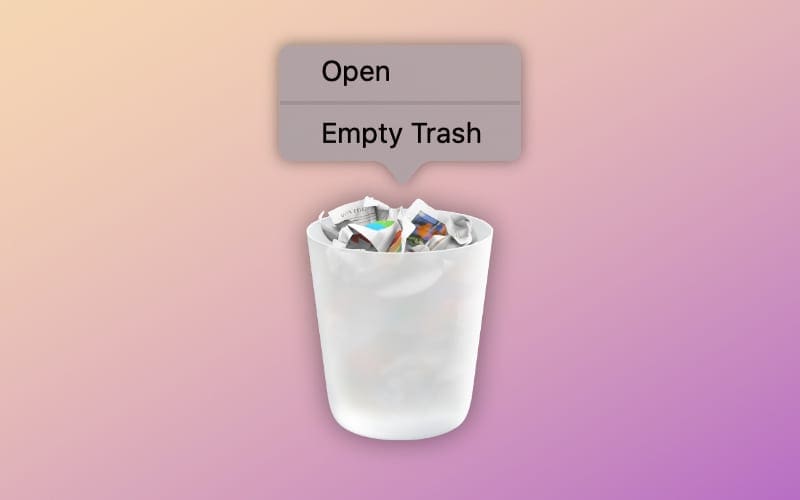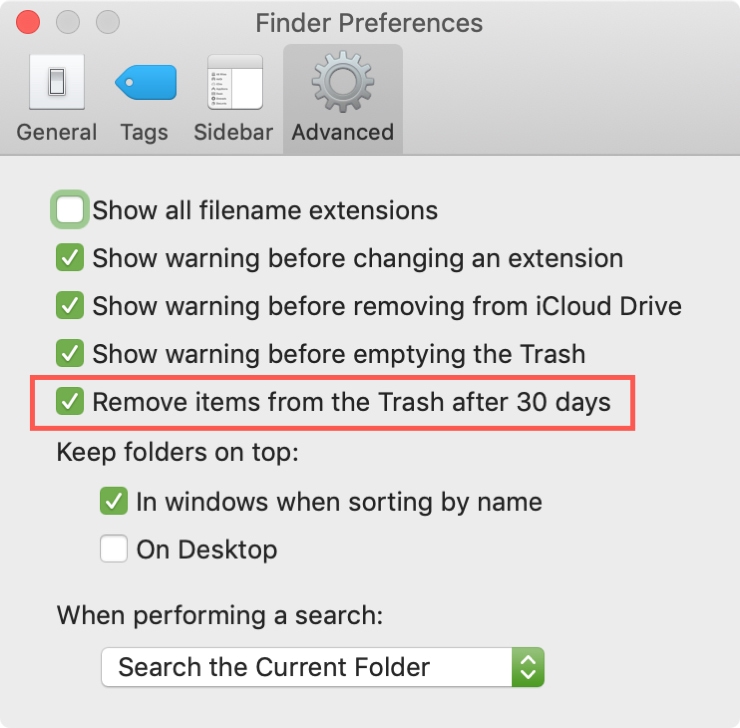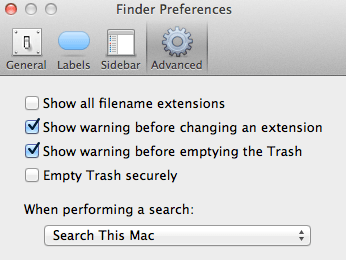Empty Trash For Mac
- Use Mac’s Terminal. While it might seem a bit complicated, using Terminal is the best practice to.
- Consequently, it has also shown how to empty trash on Mac using various methods. Furthermore, you can easily recover data that has been lost accidentally by using the best tool, Recoverit (IS) for Mac. It is 100% virus free secure and offers 24/7 free support to customers. Since you are more enlighten, now you can share this helpful tutorial to.
- Close apps that might block you emptying the Trash. You can’t empty the Trash on your Mac if one.
How to Empty Trash on Mac Normally? There are easy ways to get your trash emptied in your Mac.

That little silver trash can on your Mac’s desktop represents an invisible Mac trash folder. Technically, items in your trash are still on your Mac, as you can drag them right back out. To delete those items, you simply empty the trash. But are they really gone?


In this post, we’ll talk about the difference between “empty trash”, “empty trash securely”, and how to make sure your deleted files are well and truly gone.
Can't Delete Trash Mac
And if you'd like your files to completely annihilate, try a Shredder tool in CleanMyMac X. This tool is absolutely free to use.
The difference between Empty Trash and Secure Empty Trash
When you empty trash in macOS, the files inside aren’t actually erased. The space they occupied is marked by the system as available for overwriting, but the files themselves remain on your drive until they’re overwritten by something else. This means if someone wanted to recover deleted files with special software, they have a chance to succeed, although it’s a tedious process. This is where the secure empty trash feature comes in.
When you empty trash securely, the system writes a series of ones and zeroes over the file you’ve deleted, making it impossible to recover. This feature was an option in OS X until the release of El Capitan, when Apple removed it.
Secure erase is different for SSD and HDD drives
Before 2012, all MacBooks had HDDs (magnetic drives). Today, the industry standard is SDD and all MacBooks are shipped with those. The old way of 'secure erase' doesn't work for solid state drives. But if you need to make sure the files are 100% gone, still there are ways to do it.
How to secure empty Trash on macOS Catalina
1. Force empty trash using Terminal
Before we begin, a note. You can make a mess of things with Apple’s Terminal. It’s crucial to understand the commands and type them without errors. If you start to sweat a bit just reading this, move on. There are alternatives. Otherwise, here we go.
First, you should enable Terminal as a service in the right-click menu.
- Click on Apple menu > System Preferences > Keyboard.
- Now, choose Services.
- Make sure 'New Terminal at Folder' is ticked.
This command allows to apply Terminal commands to a particular folder. In our case, the Terminal will secure erase the entire folder content.
- Put your undesired documents in a new folder
- Now, right-click this folder to reveal Services.
- Choose New Terminal at Folder
- Enter the final Terminal command
We've come to the final part. Now we need to tell Terminal which files to secure erase from the folder we've just specified.
Paste in the following command into the Terminal window:
rm -P Archive.zip
But replace Archive.zip with the name of YOUR file and its extension — it's the file inside the folder you want to erase.
Click Enter and wait for magic to happen. The file or archive should now be completely and securely erased. Check your folder to see the file gone.
2. Empty trash securely with CleanMyMac X
Fortunately, you can empty trash securely in a click with CleanMyMac X app by MacPaw. Not only does it empty your desktop trash, but it also cleans up all the other trash bins on your Mac, including those most often overlooked. This program is also notarized by Apple.
Multiple trash bins? Yes! For example, Photos has its very own trash. When you delete an image from Apple’s Photos app, it’s actually moved to the Photos trash. You won’t see it in your desktop trash can. The same goes for Mail, Aperture, external drives and more. Even if you forget about theses bins, CleanMyMac does not. So, let’s take a closer look at how you can empty all the trash bins securely with CleanMyMac X.
Once CleanMyMac is running, click the “Trash Bins” icon on the left hand side, and then hit Scan. CleanMyMac X browses all the trash bins on your drive and in your apps, finds everything that can be securely removed, and shows you a list of what it has found.
After completing a scan, you can browse what’s been found, and easily de-select any file you’d rather keep. For a more detailed view, click Review Files to see what’s been identified in each individual trash bin. If you’d like to inspect a file itself, just hover your cursor over its name and then click the magnifying glass icon to open that item’s enclosing folder.
Finally, we’ve been talking about securely removing files once and for all, so let’s do that with CleanMyMac X.
Even though Secure Empty Trash is no longer a native function in OS X El Capitan, you can still empty your Mac’s trash securely with CleanMyMac X. Try CleanMyMac and be sure the files you delete are really gone.
A free Shredder tool in CleanMyMac X
Secure deletion means replacing the original file with random sets of zeroes and ones. That prevents anyone from recovering the file. That's what digital shredding does. It removes the file and overwrites it afterwards. Such free tool is available in CleanMyMac X.
In CleanMyMac X, choose Shredder tab at the bottom of the sidebar.
Now, select files you want to erase.
Be careful, you can't un-shred an important file.
3. Delete files straightforwardly
Finally, there is a way to delete files immediately, without putting them into Trash first. This is not a secure deletion (doesn't overwrite files) — but rather analogous to emptying the Trash.
1. Highlight a file you'd like to delete.
2. Click File in the top menu.
3. Hold down the Option key.
Immediately, you'll see an option for 'Delete immediately' in the menu.
Use this at your own risk.

Okay. Now you know how to securely erase files on macOS. And, hopefully, your Terminal experience hasn't been too stressful. For easier options, there are many free tools you can use. One of those is CleanMyMac X's Shredder.

These might also interest you:
If your Mac says that the file is in use
- Quit any app that you were using with the file, then empty the Trash.
- If that doesn't work, the app might have one or more background processes that are using the file. Restart your Mac, then empty the Trash.
- If that doesn't work, you might have a startup item or login item that is using the file. To temporarily prevent such items from opening automatically, start up in safe mode by holding down the Shift key while your Mac starts up. Then empty the Trash and restart your Mac normally.
If you can't delete the file for other reasons
Empty Trash Outlook For Mac
- Start up from macOS Recovery by holding down Command-R while your Mac starts up.
- When the macOS Utilities window appears, select Disk Utility and click Continue.
- In Disk Utility, select the disk that contains the file that you want to delete. Then use the First Aid feature of Disk Utility to repair that disk.
- Quit Disk Utility, then restart your Mac and empty the Trash.
